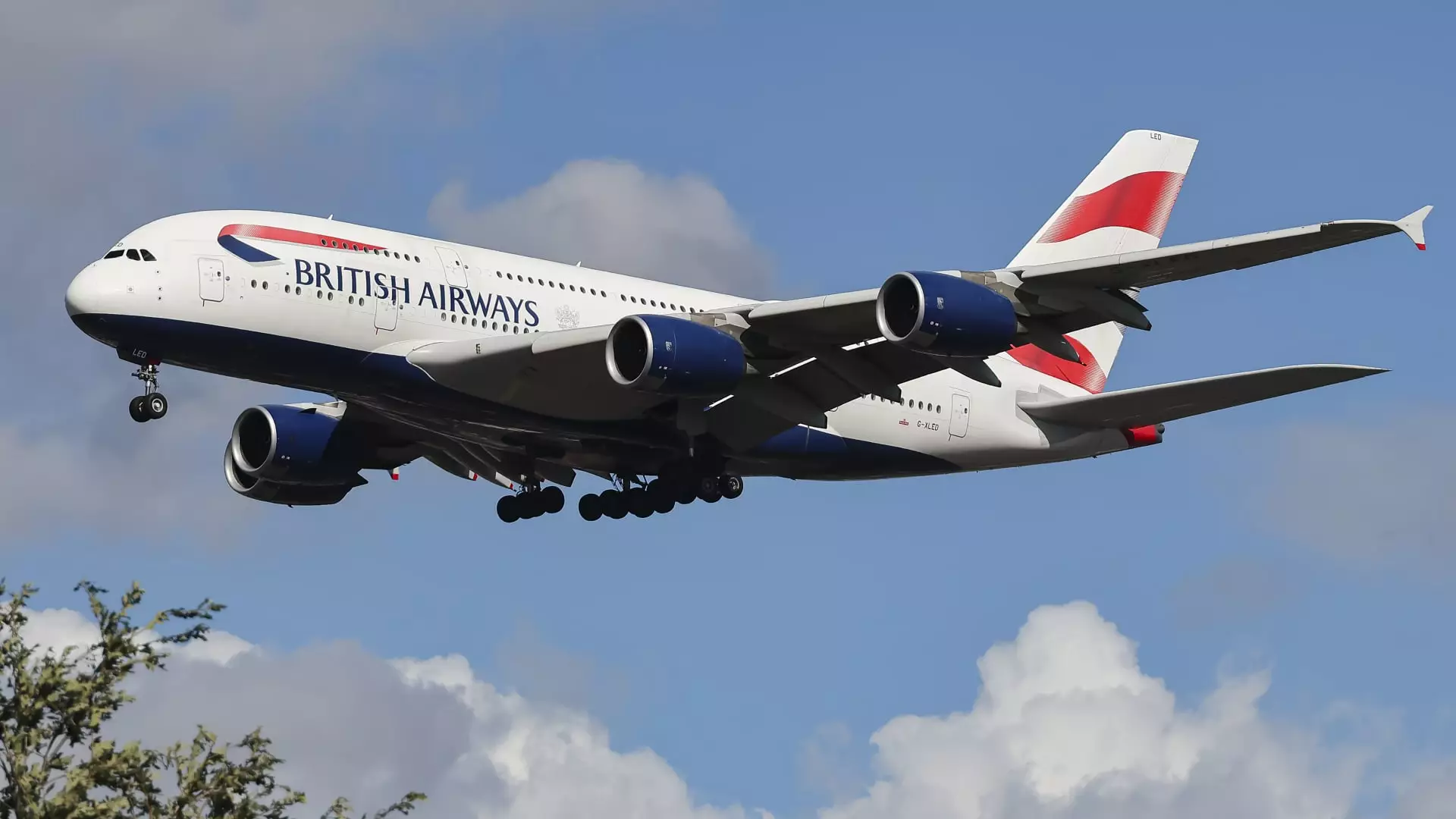The global airline industry is in a state of flux, particularly reflected in the recent withdrawal of several major carriers from China. This trend signifies not only an operational response to shifting geopolitical landscapes but also an acknowledgment of fluctuating demand patterns. With various airlines retracting services amid rising operational costs and diminishing passenger demand, the aviation sector faces an uncertain future that could redefine international travel dynamics.
Airlines are not withdrawing from China on a whim; rather, they are responding to multifaceted pressures that have escalated since the onset of the pandemic and the geopolitical tensions resulting from events like Russia’s invasion of Ukraine. The closure of Russian airspace has forced European carriers to consider longer and costlier flight routes to Asia. As operational expenses compound, the simple economics of air travel become less favorable. The situation is particularly exemplified by carriers like Virgin Atlantic and Scandinavian Airlines, which have pivoted away from the Chinese market altogether. Virgin Atlantic’s withdrawal from Hong Kong in 2022 marked the end of a 30-year service that epitomized the airline’s commitment to one of Asia’s key financial hubs.
John Grant, chief analyst at OAG, provides vital insight into the predicament: as costs rise, airlines must make difficult choices about resource allocation. Just as British Airways has diminished the scale of its fleets servicing China—from the illustrious Boeing 747s to the more economical B777s and even smaller B787s—other airlines are reevaluating their presence in the marketplace. Such adjustments reflect both the struggle of maintaining a robust flight network and the need to stabilize operational efficiencies.
The contrast between European and Chinese airlines’ operational capacity speaks volumes about the viability of routes and the overarching demand. While European carriers grapple with decreased load factors on flights to China—evidenced by British Airways reallocating aircraft from underperforming Beijing routes to more lucrative services to Cape Town, with load factors surging from 55% to 90%—the underlying demand dynamics are challenging. In 2019, pre-pandemic figures showed a robust influx of nearly 49.1 million travelers into China, but a stark decrease to around 17.25 million has been noted in 2023, a trend evident in the lackluster interest from international travelers.
This stark drop in inbound arrivals illustrates a dual crisis for the Chinese travel sector: both outbound travel from China and inbound visitation have suffered. This is compounded by the inability of domestic airlines to recapture their pre-pandemic vigor. Qantas, for example, cited “low demand” as a driving force behind its cancellation of Sydney to Shanghai services. While Chinese airlines may have remained operational, they are concurrently maneuvering through financial hardships, indicative of a larger trend of decreased market viability.
Given the existing marketplace, airlines are beginning to shift their operational strategies. Even though U.S. carriers have not been as adversely affected by the crisis surrounding Russian airspace, they are still pulling back from the Chinese market. Grant notes that U.S. airlines are making pragmatic decisions that favor domestic markets or other regions where demand can be better met. Thus, maintaining existing frequencies may serve merely as a placeholder for future re-entry into the Chinese market when conditions improve, reminiscent of a strategic chess game played by major airlines seeking to safeguard their positioning.
Moreover, the narrative emerging is one of hope for recovery, though it is shrouded in uncertainty. While the long-term prospects may point toward a resurgence in the Chinese travel market, the immediate challenges cannot be overlooked. The financial toll experienced by airlines, with one major carrier reporting a staggering US$4.8 billion loss in 2022, raises questions about recovery viability.
As the current winter season approaches, the operational landscape is expected to shift further. Chinese airlines are projected to dominate approximately 82% of all flights between China and Europe, a notable increase from 56% before the pandemic. This burgeoning capacity highlights the aggressive strategy of Chinese carriers aiming to capitalize on the niche left by their Western counterparts.
As airlines scramble to adapt to these new realities, the future of air travel in and out of China hangs in the balance. Emerging trends suggest an increased determination among Chinese carriers to assert their presence on the global stage. As new routes are introduced, the aviation landscape may witness a transformation that benefits local players, foreshadowing a possible recalibration of international travel equilibria. The interplay of geopolitical factors, demand, and operational efficiencies will ultimately mold the future of air travel as we know it.


Leave a Reply